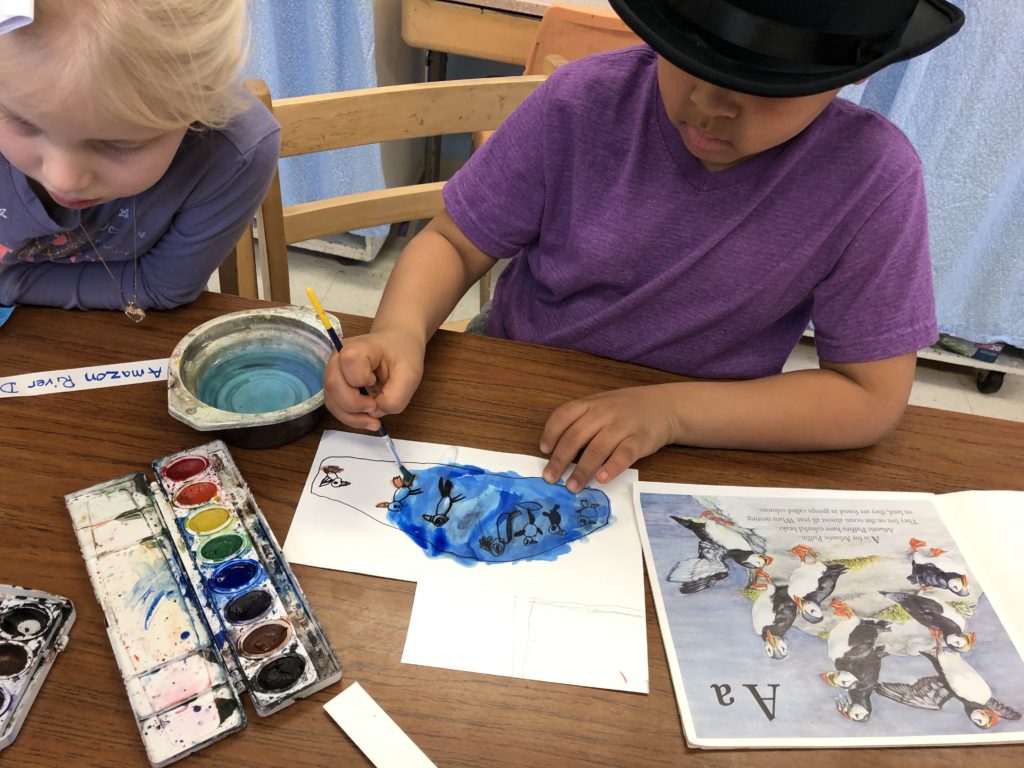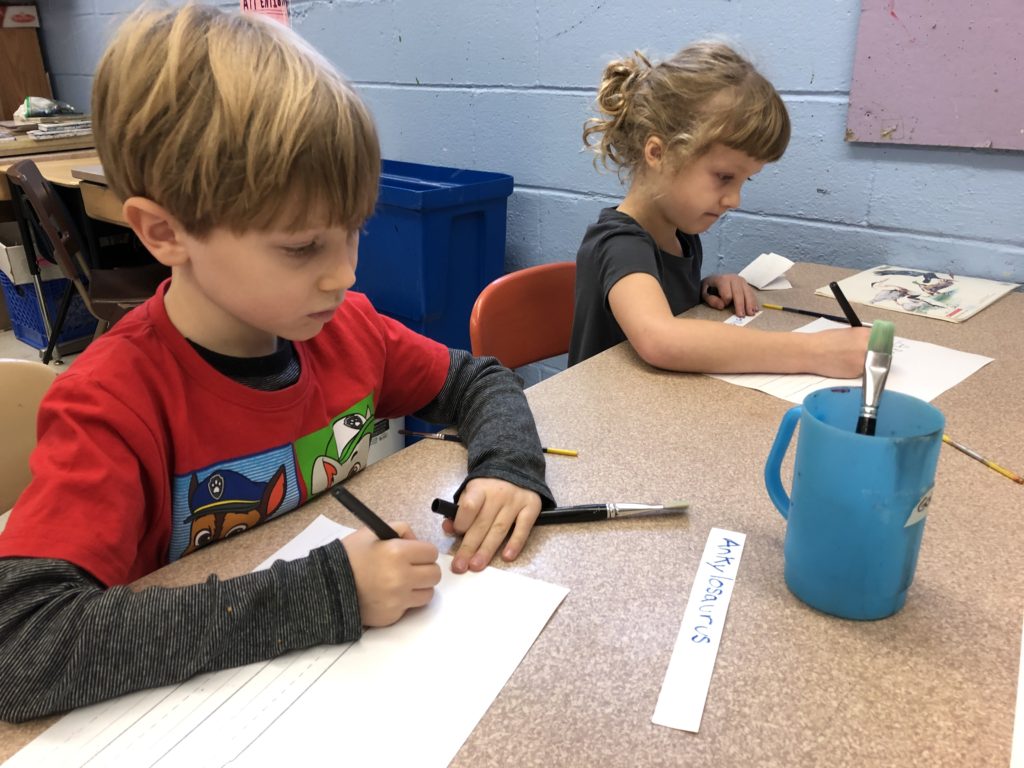
This year we were very fortunate to get a donation of a program called ZOO TO YOU which brings the zoo animals and personnel to our school every other month for the year. As a team we began to think about how to make the most of these experiences. We decided to build off of these visits with a class for our youngest students. We would build on this opportunity to learn 1) about classification and 2) the classification of animals.
We began by classifying buildings and picked HOME. From there we picked ROOMS and BEDROOM. Then we went on to FURNITURE and SHELVES. From there to THINGS ON SHELVES and to TOYS. Lastly, from TOYS we identified specific toys. At this point, we went to looking at animals.
It has been a great opportunity to include multiple means of expression. We meet once a week for 50 minutes. Over a two week period we use Jerry Palotta’s Animal Alphabet Series (of which there are many). We pick a letter, students pick books to look through finally choosing an animal that begins with that letter. Once they pick an animal, they can use black flair pens to draw their animal and then use watercolor, pastel pencils or colored pencils to fill in their animal and make the background for it.
Once the background and animal are finished, we pull out dry erase boards and try to think about a question for each animal and then practice on dry erase boards before we put it on lined paper. We are slowly creating our own animal alphabet books.
As each class begins and as we have developed a larger and larger group of animals we have begun to think about classifying them. Initially, children thought about ones with eyes, ones with legs, ones in water, etc. One of the children, early on was able to introduce the idea of mammals. After that we began to look at members of classes in the animal kingdom. We have begun a chart that so far, includes Mammals, Fishes, Arthropods, Amphibians, and Reptiles. The first ZOO TO YOU visit introduced Invertebrates…so we now also include a larger category of Vertebrates and Invertebrates (in our language bones or hardparts on the inside or outside).
Also during the beginning talk time in each class, the teacher might read the excerpt from each book for an animal, or we might talk about questions we could ask about an animal, or get a chance to see each other’s work.
It’s a busy time with lots of moving parts. Children are finding their way through the routines of getting and putting away their materials, having time to make art, write, talk and realize that we can classify and group in many ways and with many things.
